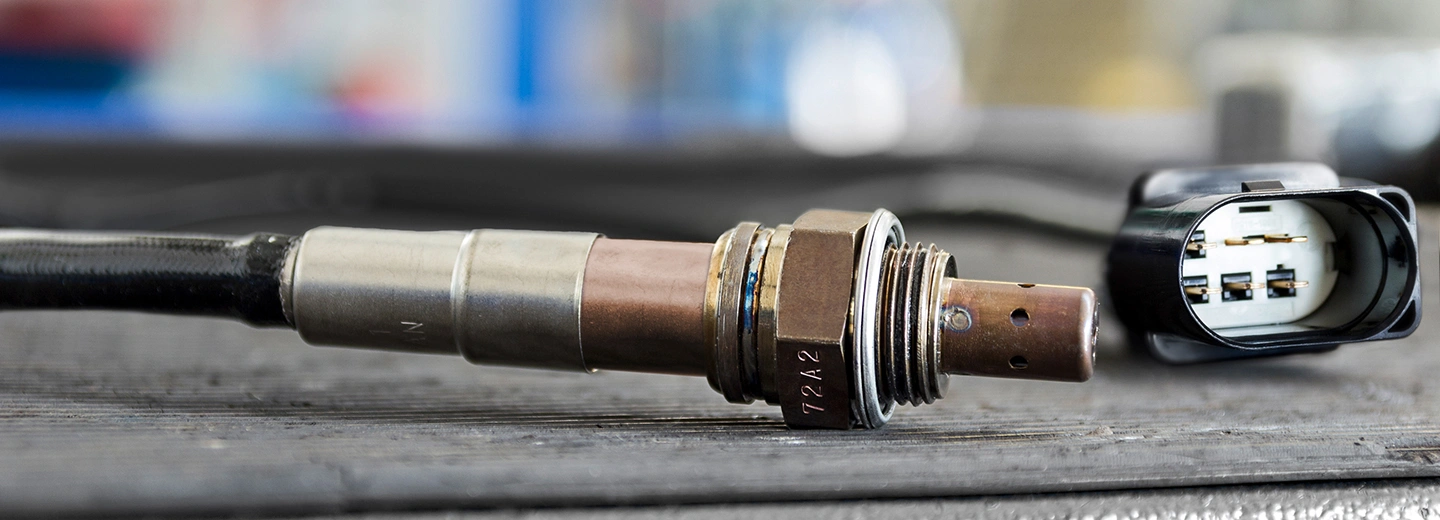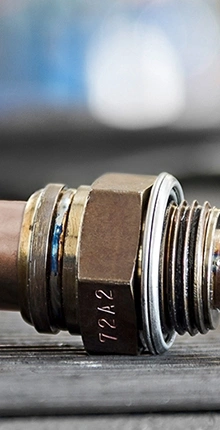 Optimising engine management
Optimising engine management
Fitting a new oxygen sensor to optimise engine management is often the simplest step to breathing new life into tired engines. The benefits are immediate and measurable:-
IMPROVED ENGINE EFFICIENCY
REDUCED EMISSIONS
INCREASED ECONOMY
Now’s the time to turn to the world’s No.1 in engine sensors. NTK.
To ensure the reduction of harmful emissions produced by the internal combustion engine, the lambda or oxygen sensor has become an important piece of technology. As the leading supplier of oxygen sensors both for OEMs and the Aftermarket, NGK is continually improving its oxygen sensors to make engines cleaner and more efficient.

Fit, click and start: 986 part numbers from OE to IAM

76% coverage of European vehicles in operation (source: TecDoc)

Most complete set of regulating and diagnostic sensors in the market

6 universal part numbers covering 58 million cars
 Types of Oxygen Sensors
Types of Oxygen Sensors

 Lambda Sensor standardisation
Lambda Sensor standardisation
The long and the short of it is that we are standardising our lead lengths. Practically speaking In the workshop you’ll notice two changes. First we’re introducing new packaging so the revised range will be obvious. Second you will find with some part numbers the lead length may be longer than the part you're replacing. In those instances we're including cable ties in case they are needed, as well as a technical installation sheet detailing how to tie up any excess cable.
PLEASE REMEMBER - though the lead might be longer than you expected, it will be the correct replacement for the part you ordered.

 3:18
3:18

IGNITING PASSION: When Performance Meets Precision








